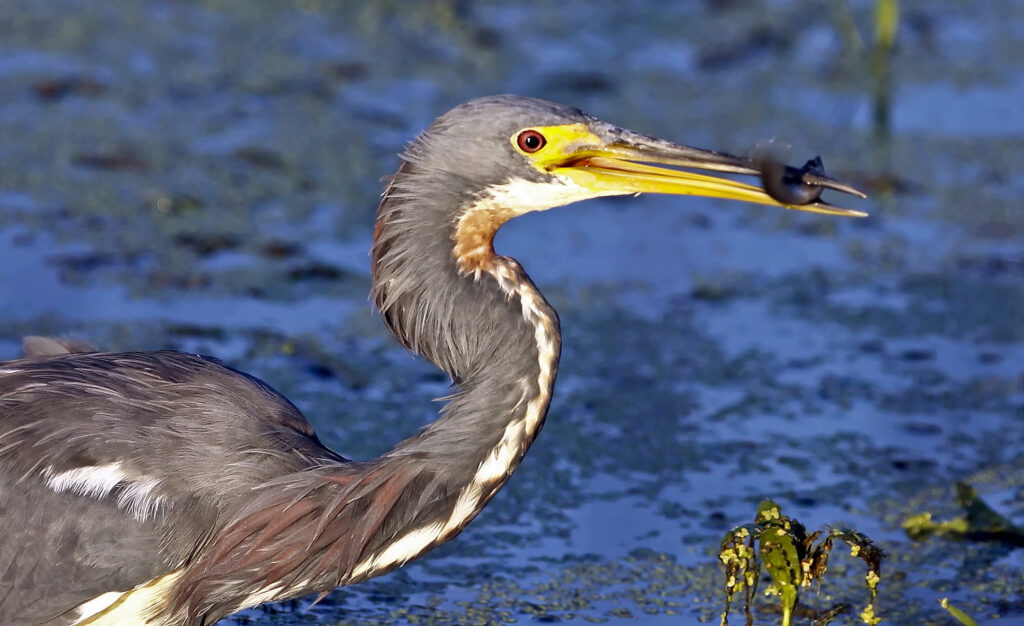The world needs to tackle biodiversity loss and urgently reduce deforestation rates if it wants to avoid new and more deadly pandemics. That’s the message scientists will tell country delegates at an upcoming UN summit on biodiversity, scheduled for next month in New York.

The UN summit will seek to provide political direction and momentum to the development of the post-2020 global biodiversity framework, as the current one ends this year. The new framework was supposed to be agreed upon this year, but the whole process was delayed due to the pandemic.
“There is now a whole raft of activities such as illegal logging associated with international trades in bushmeat and exotic pets that have created this crisis,” Stuart Pimm, professor of conservation at Duke University, told The Guardian. “Covid-19 has cost the world trillions of dollars and already killed almost a million people.”
There’s now clear evidence of a strong link between the emergence of pandemics like COVID-19 and environmental destruction. Deforestation, the expansion of the agricultural sector, and the exploitation of wild species as sources of food are creating avenues for diseases to spillover from wildlife to people, experts agree.
The HIV virus is a common example, as it spread in the 20th century from chimpanzees and gorillas to humans and since then has caused the death of more than 10 million people. Other examples are the swine flu epidemic in 2009, the Ebola fever and now COVID-19, believed to have passed from bats to humans.
“When workers come into rainforests to chop down trees they don’t take food with them,” Andy Dobson, professor of ecology and evolutionary biology at Princeton University, told The Guardian. “They just eat what they can kill. So that exposes them to infection all the time.”
In a paper published last month, researchers proposed creating a program to protect biodiversity by monitoring wildlife, reducing spillover, and stopping illegal logging. This would cost between $22.2 billion and $30.7 billion a year, which might seem a lot, but is much cheaper than the $8.1 trillion so far spent in the current pandemic.
Moreover, more spending on biodiversity would be almost canceled out by another benefit of the action — namely, it would cut carbon dioxide emissions and help prevent climate heating. The world has already warmed by 1ºC and this would be just the start of our problems if we continue under the current scenario.
A new biodiversity framework
The Convention on Biological Diversity – or CBD – is an international agreement that was reached at the United Nations Earth Summit in Brazil in 1992. It has three objectives: the conservation of biodiversity, the sustainable use of its components, and the fair sharing of benefits arising from the use of genetic resources.
As part of the CDB, countries created the Aichi biodiversity targets in 2010, considered equally as important as the Paris Agreement on climate change. They are a group of 20 ambitious objectives to conserve biodiversity that range from preventing the extinction of species to reducing deforestation rates.
Countries had to comply with them by this year, when a new biodiversity framework was supposed to be adopted. Nevertheless, the world has largely failed to fulfill the Aichi targets. The goal now is to reverse that lack of action with new and more ambitious targets.
Worldwide, populations of vertebrate animals such as mammals, birds, fish, amphibians and reptiles have diminished by 60% between 1970 and 2014, according to the Living Planet report by the World Wildlife Fund (WWF). The rate of species extinction is currently 1,000 times higher than before humans dominated the planet.


